#Antarctic Shag
Explore tagged Tumblr posts
Photo
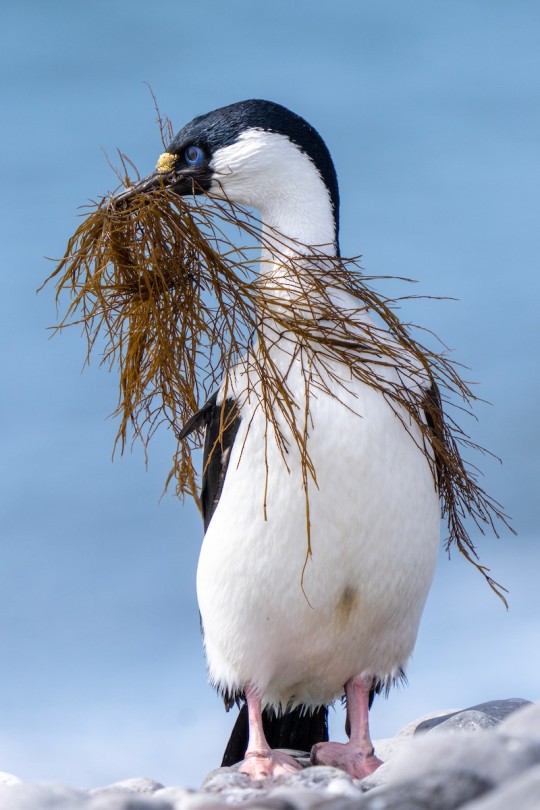
Antarctic Shag (Leucocarbo bransfieldensis)
© Steve McInnis
979 notes
·
View notes
Photo

Antarctic Shag (Leucocarbo bransfieldensis)
© Noah Strycker
471 notes
·
View notes
Photo

Antarctic Shag (Leucocarbo bransfieldensis)
© Chris Wood
68 notes
·
View notes
Photo

Antarctic Shag (Leucocarbo bransfieldensis)
© Marco Valentini
47 notes
·
View notes
Text
"A Great Shag Last Night"
Infinite Painter.
An Antarctic blue-eyed shag. I used a minimal palette to make it look colder.
CC-BY-SA 4.0

0 notes
Text
Antarctica Dream Adventure 8 - Drygalski Fjord
This is our third day at South Georgia Island in our Antarctica Dream Adventure. South Georgia is the British Overseas Territory of South Georgia and the South Sandwich Islands. As we progress on the expedition we are told that areas of South Georgia are being closed due to the detection of birds with avian influenza and to help reduce the spread of the disease. The expedition leader is…
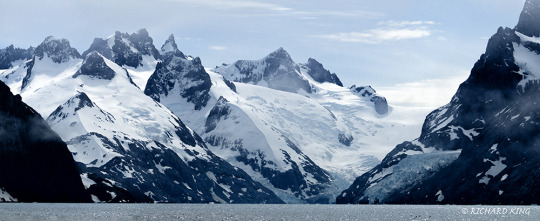
View On WordPress
#Antarctica#SnowPetrel#SouthernFulmar#SouthGeorgia#wildlifephotography#Z100-400S#Z24-70S#Z8#Antarctic Prion#Antarctic Shag#Antarctica Dream Adventure#British Overseas Territory#Drygalski Fjord#Fjord#glaciers#Iceberg Alley#Icebergs#Mountains#NIK 6 Silver Efex#Nikkor 24-70mm f/4 S#Nikkor Z 100-400mm f/4.5-5.6 VR S#Nikkor Z TC-1.4x#Nikon Camera Systems#Nikon Z 8#Richard King Photography#Snow Petrels#South Georgia and the South Sandwich Islands#South Georgia Island#Southern Fulmar
0 notes
Text
Day 9. Today was for the birds.
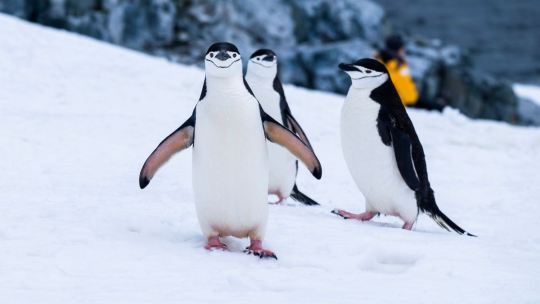
View On WordPress
0 notes
Note
What snakes and birds are endemic to Antarctica besides penguins? 
ENDEMIC TO ANTARCTICA:
Well, if you mean by endemic, occurring only in/on the Antarctic Mainland, then there really isn't anything that is endemic.
There are no snakes in Antarctica (that includes nearby islands).
If wee look at birds (not penguins) that breed only in Antarctica (the mainland and nearby islands), then here are a few...

Antarctic Shag (Leucocarbo bransfieldensis), family Phalacrocoracidae, order Suliformes
photograph by Maggie Geer

South Polar Skua (Stercorarius maccormicki), family Stercoraridae, order Charadriiformes
photograph by Henry Kaiser, NSF

Antarctic Petrel (Thalassoica antarctica), family Procellariidae, order Procellariiformes
photograph by Nigel Voaden
294 notes
·
View notes
Text

[https://www.inaturalist.org/observations/168352447]
Antarctic Shag || Leucocarbo bransfieldensis
Observed in Antarctica
#ornithology#birds#nature#wildlife#photography#water beast#who cooks for queue? who cooks for queue all?#50
73 notes
·
View notes
Text

Samuel Page - Auckland Islands shags, Carnley Harbour. From the album: [1907 Sub-Antarctic Expedition]; circa 1908; North, W.
#gelatin silver print#Samuel Page#Auckland Islands#1907 Sub-Antarctic Islands Scientific Expedition#expedition
70 notes
·
View notes
Text
Monday, February 19 - Winter Island and Petermann Island










Today we finally experienced the Antarctic weather we had expected all week. It started cloudy and gloomy, then turned snowy and windy. But it was still a wonderful day.
We began at the furthest south point of our trip - the Argentinian Islands, which are a group of relatively flat islands separated by narrow passages often clogged with ice. We were able to take a Zodiac tour all around Winter Island because by this time of year the route is mostly clear. We began by the Vernadsky station which is the only one in Antarctica run by Ukraine. It was originally a British station and was the place where the infamous ozone hole was first discovered and subsequently monitored.
Around the time of the breakup of the Soviet Union, the Brits wanted to close this base, but current rules here do not allow someone to simply abandon a base - it has to be dismantled and removed, which can be prohibitively expensive. The Argentinians, who have the largest number of bases in this area, keep them open by using them for a few weeks every other year or so, and doing some regular maintenance like painting. So the Brits sold "Faraday" to Ukraine for one pound, it was renamed Vernadsky, and everyone won. The main change since is that Ukraine added a sauna.
We were also surprised to see a sailboat moored nearby. It seems that private boats can come to Antarctica if they are equipped for it and have the necessary paperwork. This boat was a long way from its home harbor of Antiqua.
There was an amazing amount of color in this area with red and green algae staining the snow, lichens in orange and black streaking the rocks, and mosses and a few grasses enjoying the brief Antarctic summer. Add to this the deep blue of the older ice on the bergs, and it's obvious this is more than a black and white world. And instead of mountains in this area, there were colorful cliffs of layers of snow. Breathtaking.
We saw a few penguins on one island, but there were lots of nesting Kelp Gulls here, along with terns and several fur seals. But the stars were the ice bergs and bergy bits - every one different and corrugated in different ways
During lunch we moved slightly north to our last landing, Petermann Island. Here there was a small natural narrow harbor for the Zodiacs and we disembarked onto rocks rather than a rocky or sandy shore. This harbor was used in 1909 by one of the first explorations to overwinter in this area (on purpose), and the team put a chain across the entrance to the harbor to try to keep the bergs out. It must have worked, since their ship wasn't destroyed. Today there is just a small historic emergency hut. Our paths were slushy and rutted, sometimes with a foot of slushy water on top of granular snow, but our Bogg boots were dry and best of all, warm. They are also relatively easy to clean and sanitize, a necessity in these times of Avian flu and other diseases
The island is home to breeding colonies of both Gentoo and Adelie penguins - a rarity. The Adelies were pretty much gone, except for a handful of juveniles hanging out with Antarctic Shags, and one adult bird. The Gentoos had bred later, and there were still lots of chicks of all sizes, as well as some moulting adults. Some were "swimming" across the snow, which on steep slopes looks more practical than waddling.
By now the wind had really picked up and snow was pelting everything - even the chicks with their heavy down coats were huddling together. Of course they don't have their waterproof and windproof feathers yet, so what good is insulation without a good shell over it! Towards the end of our stay on the island, while we were waiting for Zodiacs to unload so they had room to take us back, a Skua came down towards a group of chicks who immediately formed a tight "creche" - safety in numbers. There was a lot of squawking and beak pointing, and eventually the Skua gave up, probably to try again later.
The expedition team was motivated to get people on and off the island as efficiently as possible, especially since some folks passed on this last opportunity, mostly because of the weather. As soon as everyone was back on board and the Zodiacs loaded, we headed first west and then north towards the Drake Passage.
Despite the weather, we had a little end of the season celebration on the large back deck to enumerate all the polar plunges, landings, submarine rides, etc. from this season on the Venture. It was quite a list. The last picture is of our Cruise Director, Captain, and Expedition Leader, all of whom were outstanding. We have been so fortunate to have been able to get in two activities every day, and also a bonus landing the first afternoon because of our quick trip down here to avoid high seas. We have seen and experienced so much, and it is truly overwhelmingly beautiful and otherworldly here.
We have a couple of days to decompress, sleep in and try to sort out our memories. About 100 of us on the ship are continuing on, so for all of us, the adventure will continue.
0 notes
Text
BOTD: Antarctic Shag

^Image credit: Liam Quinn
Antarctic Shag (Leucocarbo bransfieldensis)
The Antarctic Shag is the only species of the cormorant family found in the Antarctic. On average, they dive 25 meters (82 feet) to feed on fish, but their maximum dive depth is around 60 meters (196 feet). They are unique in the cormorant family in that they don't need to spread their wings and dry off their feathers after becoming wet.
#birds of antarctica#birds of the antarctic#antarctica#leucocarbo bransfieldensis#antarctic shag#cormorant#bird facts#birding#birds#tropical birds#birdwatching#bird#ornithology#bird of the day#birdlovers
138 notes
·
View notes
Photo

January 24, 2019 - Antarctic Shag (Phalacrocorax bransfieldensis)
Breeding on the Antarctic Peninsula, the South Shetland Islands, and Elephant Island, these cormorants are sometimes considered a subspecies of the Imperial Shag. They feed on fish and marine invertebrates, like crustaceans and cephalopods, diving to capture their prey. Mostly breeding in colonies of between 20 and 40 pairs, they sometimes form larger colonies of up to 800 pairs. The monogamous pairs build nests together in rocky areas, from seaweed, feathers, and debris. Both parents care for the chicks.
#antarctic shag#cormorant#phalacrocorax bransfieldensis#bird#birds#illustration#art#water#birblr art
135 notes
·
View notes
Photo
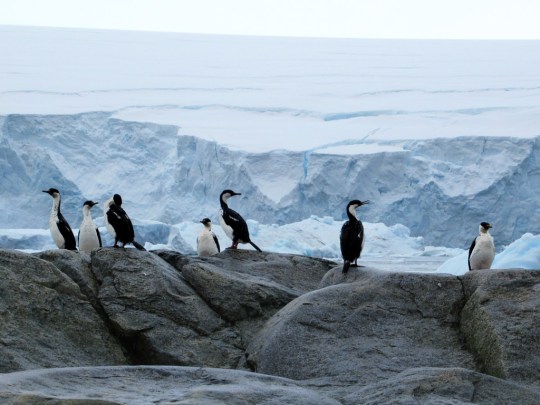
Northeast Glacier provides a backdrop for these Antarctic shags (cormorants) on Stonington Island, Antarctica.
3 notes
·
View notes
Text

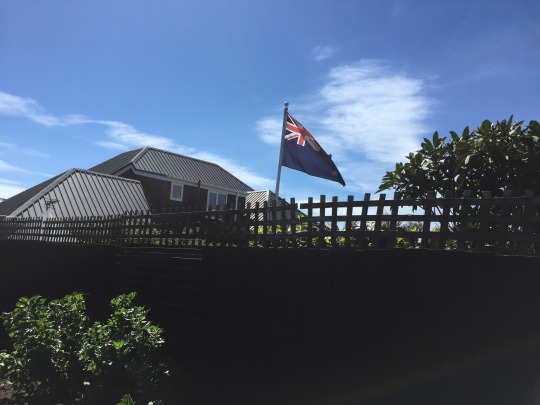
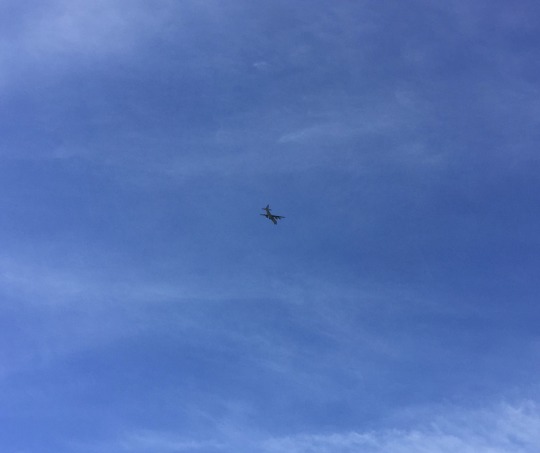
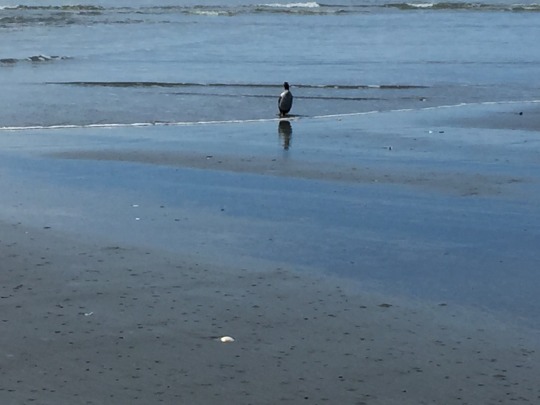
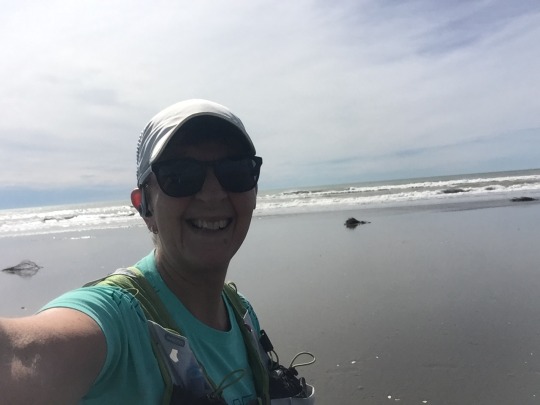
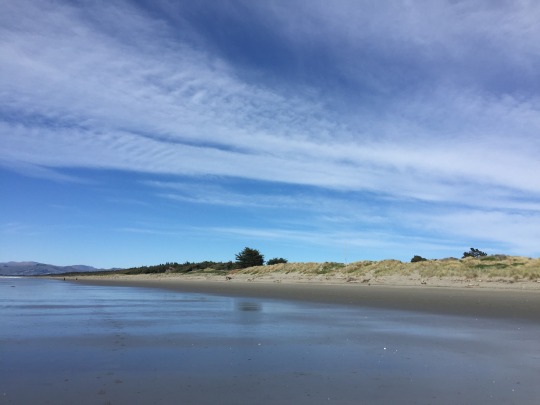
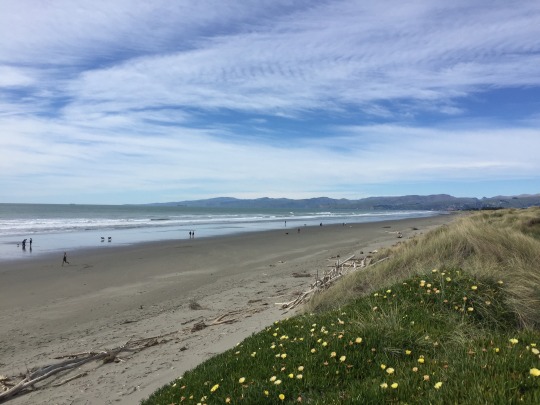
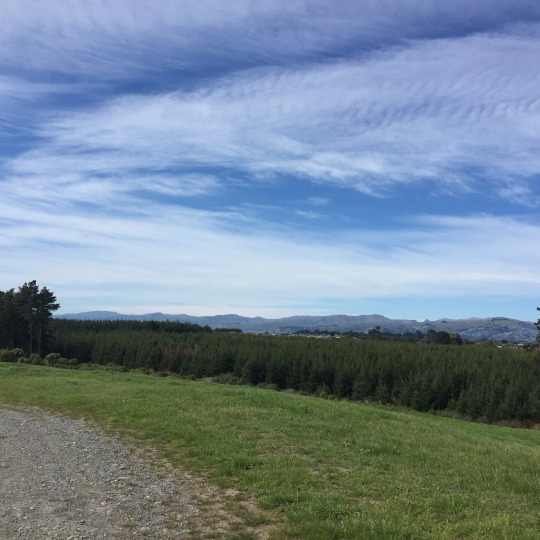
After overnight rain the sun was out again this morning. The wind was blowing from the north and it was warm. I wasn't sure how far I was going to run, I just wanted to run. I took some water and Pure and I was very glad I did. It seemed to get hotter as I ran. I ran north into the wind. It was quite refreshing. The tide was way out so the sand was firm. I ran close to the water and let it splash up my legs. I was going to run back through the forest but the wind has really picked up so I turned around and ran a wind assisted homeward leg. A Shag followed me as I ran, a horse trotted by, the rider waved, she looked like she was having as much fun as I was. As I ran off the beach a huge plane flew over. The Antarctic summer season flights have begun. I ended up running 14km and drinking all my drinks. Nice run, so thankful I can still do this, its the best birthday present ever.
13 notes
·
View notes
Photo
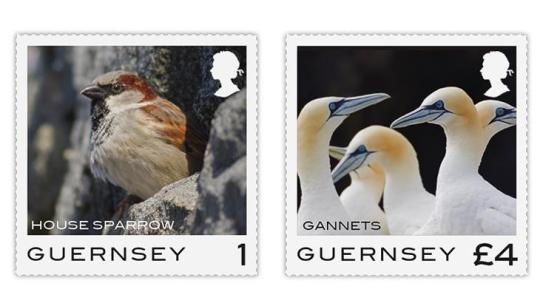
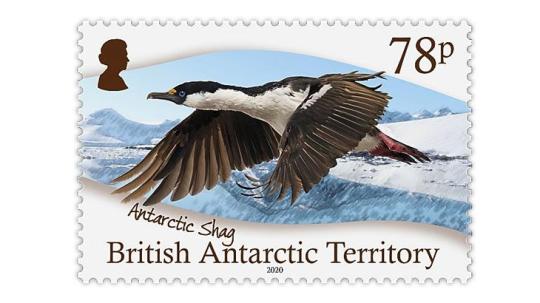
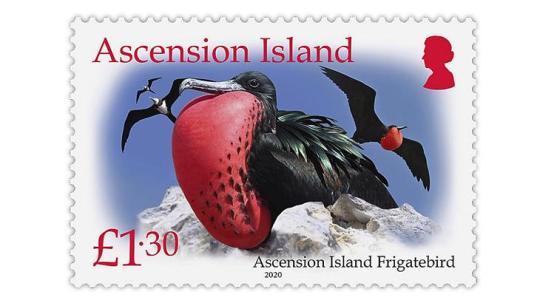
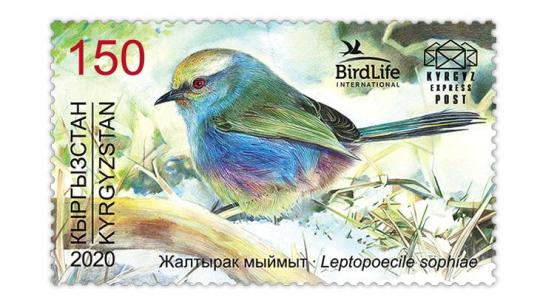
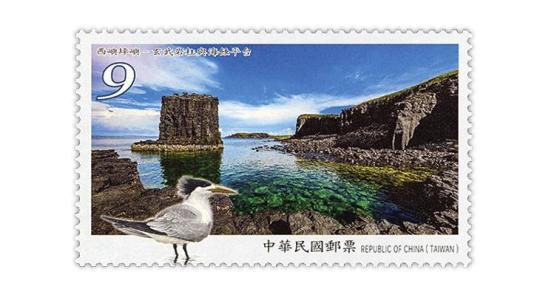
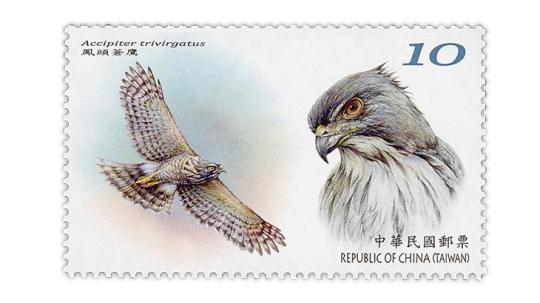
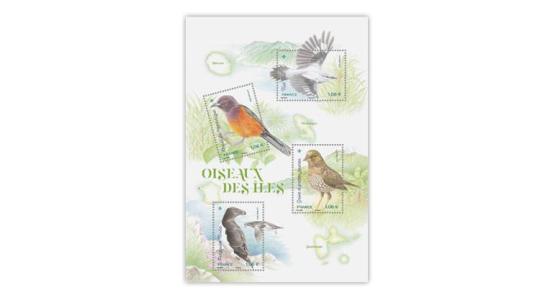
(via A flock of new bird stamps from several countries)

Guernsey Post will showcase local birds on a set of new definitive stamps to be issued Feb. 17. The 1-penny low denomination of this set of 17 shows a house sparrow, and the £4 high value depicts northern gannets.

France highlights birds of three islands (Reunion, Guadalopue and Martinique) on this souvenir sheet issued Jan. 8 as part of a flora and fauna series.

New stamps from the British Antarctic Territory picture polar seabirds. The 78-penny stamp shows the Antarctic shag, also known as the imperial or emperor cormorant.

Ascension Island features its only endemic bird, the Ascension Island frigatebird, on the £1.30 stamp in the Island Treasures definitive set issued in December.

Kyrgyzstan’s bird of the year, the white-browed tit-warbler, is honored on this 150-som stamp issued Dec. 17, 2020, by Kyrgyz Express Post.

A stamp in Taiwan’s South Penghu Marine National Park set of four to be issued Jan. 20 depicts a greater crested tern and basalt columns off the island of Xiyupingyu.

Taiwan promoted the conservation of four birds of prey, including the crested goshawk, on a set of four stamps issued Dec. 8, 2020.
#2021 stamps#2020 stamps#Taiwan#Taiwan stamps#Kyrgyzstan#Ascension Island#British Antarctic Territory#France#postage stamps#stamps#Guernsey Post#bird stamps#lcstampswishlist
3 notes
·
View notes